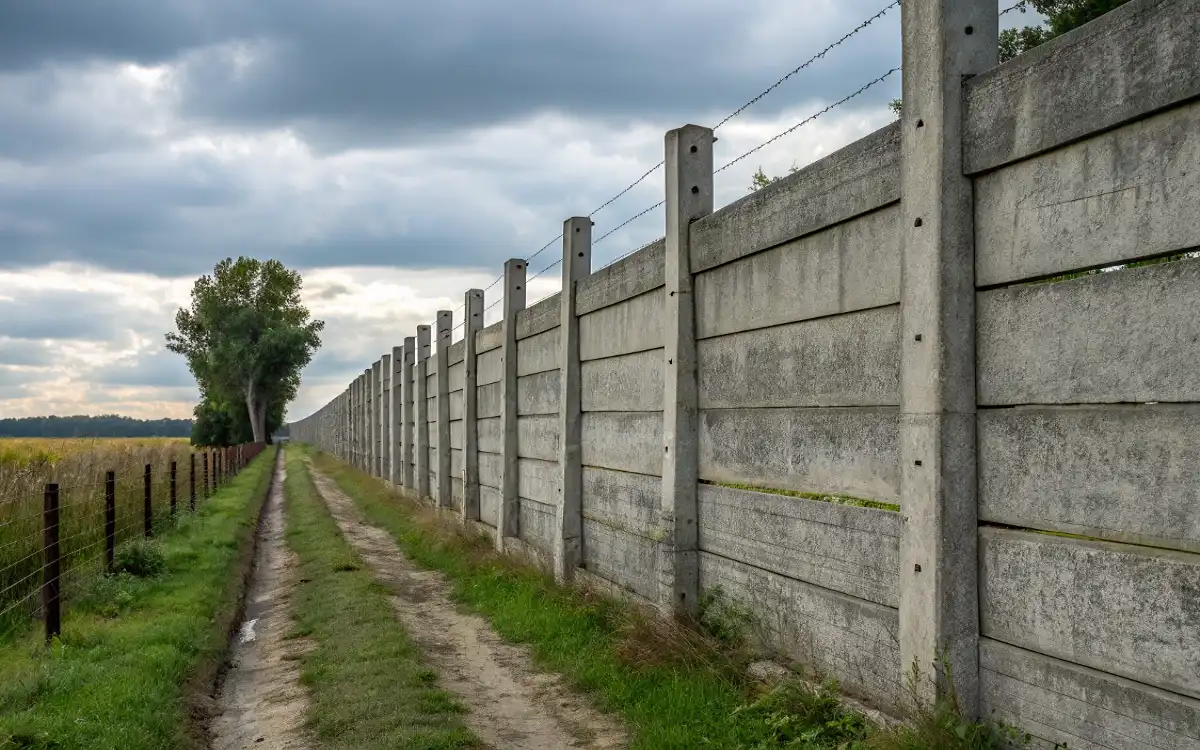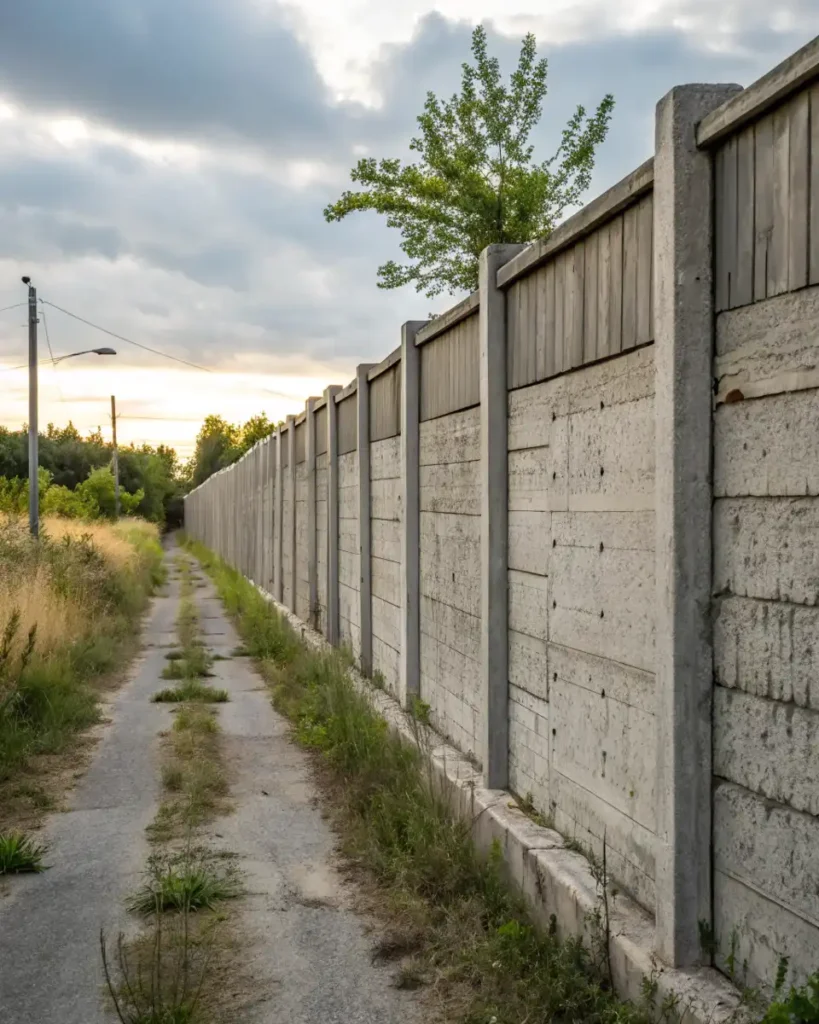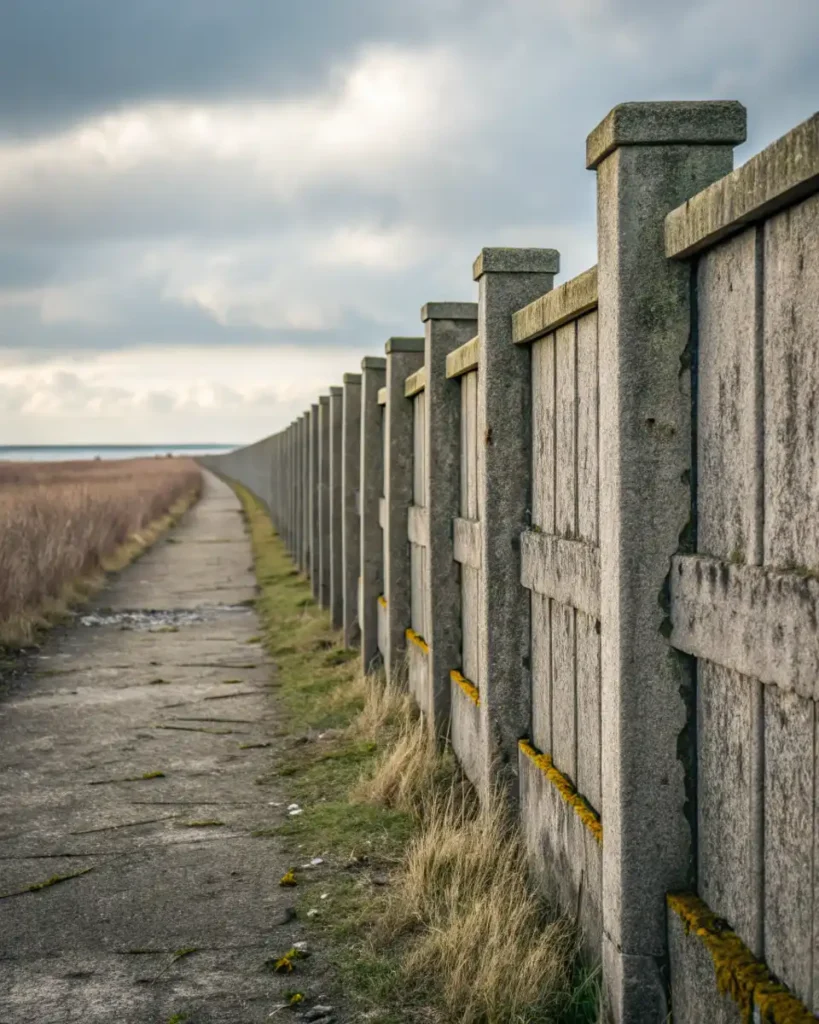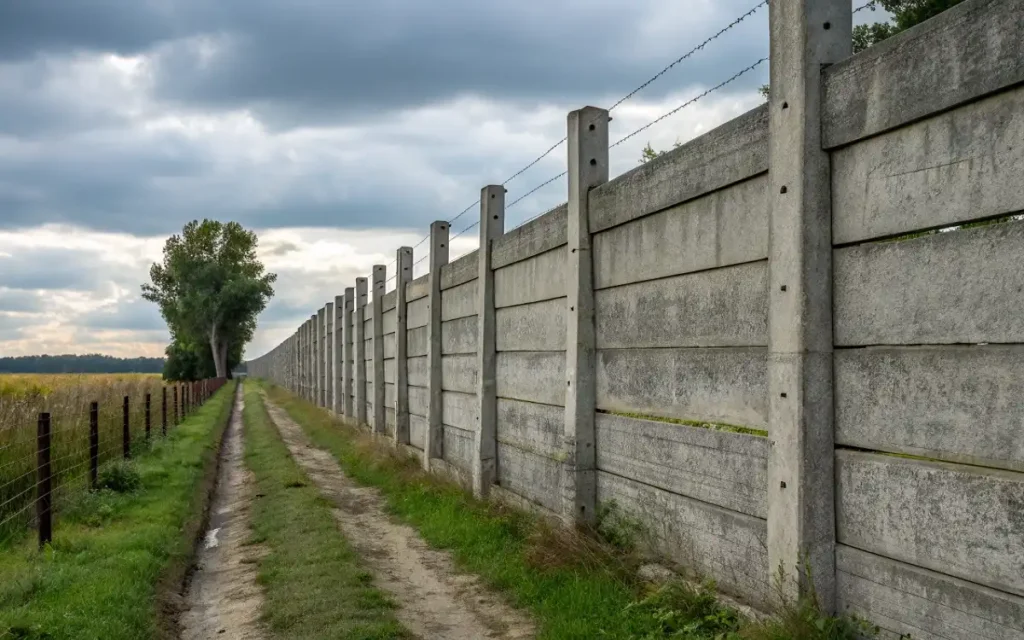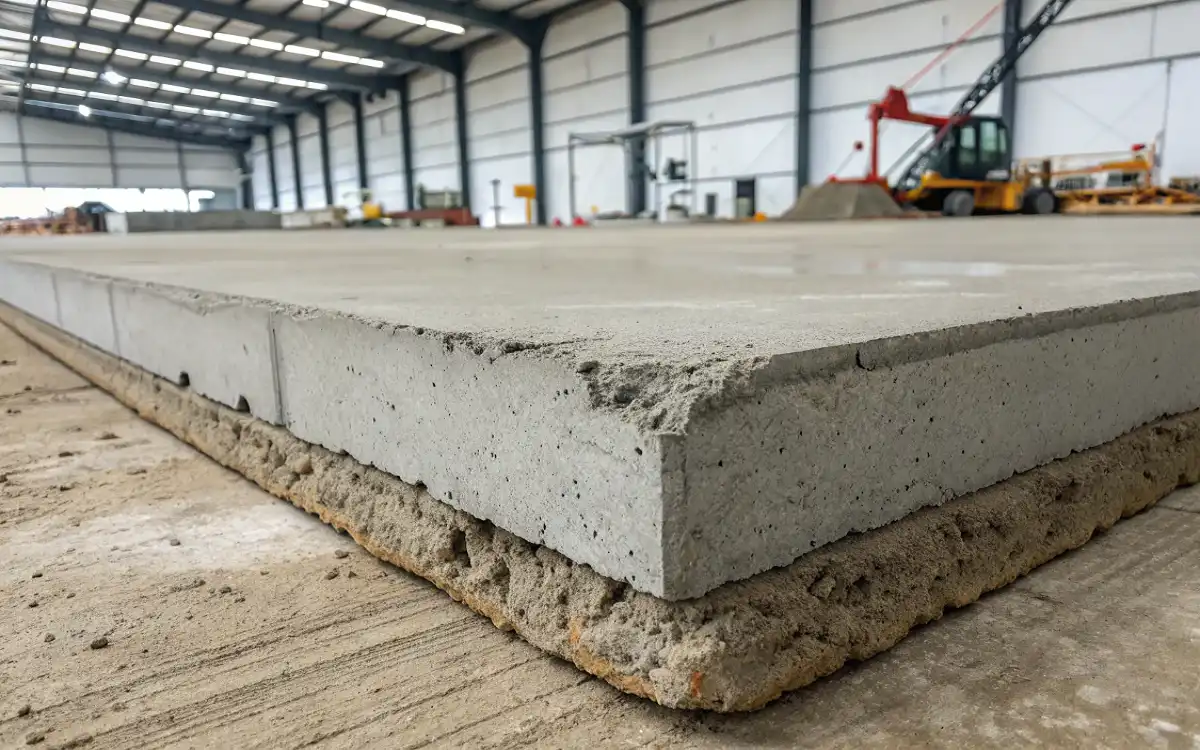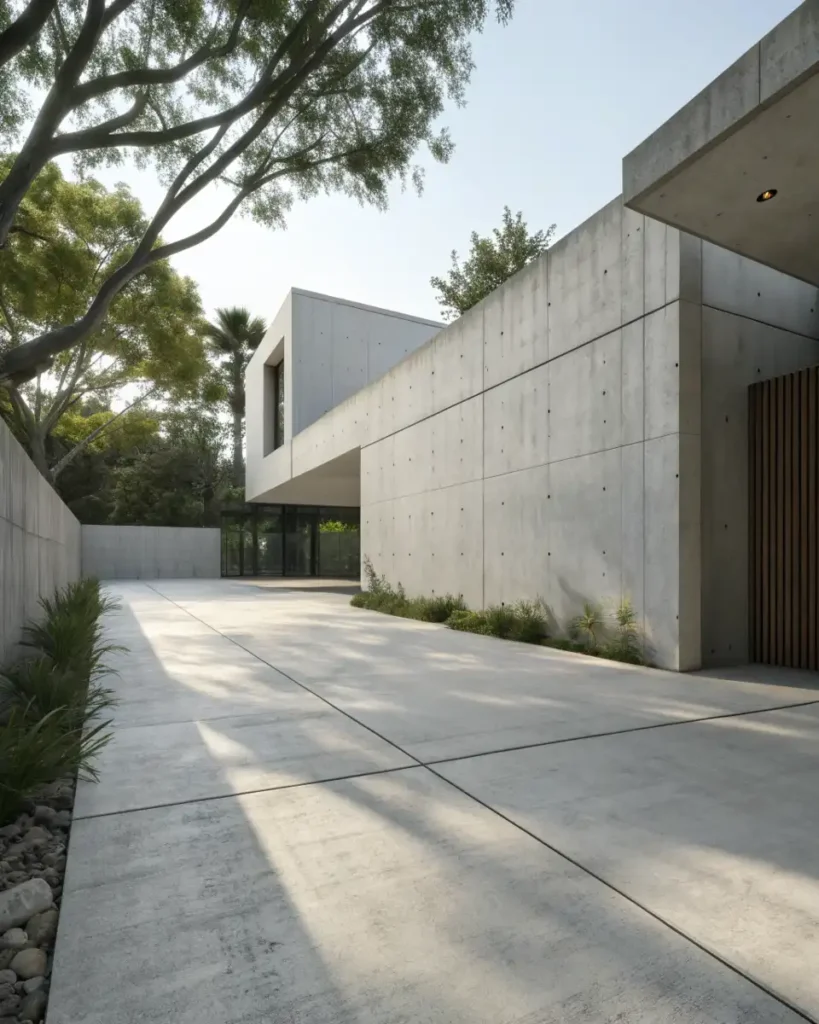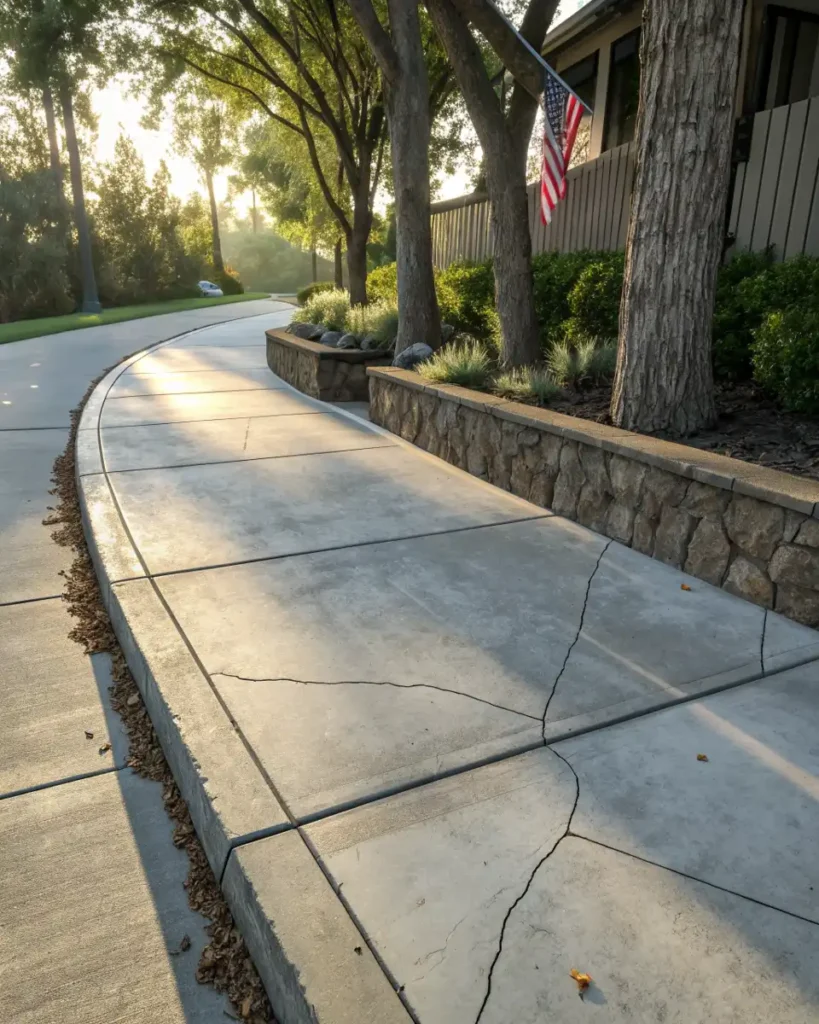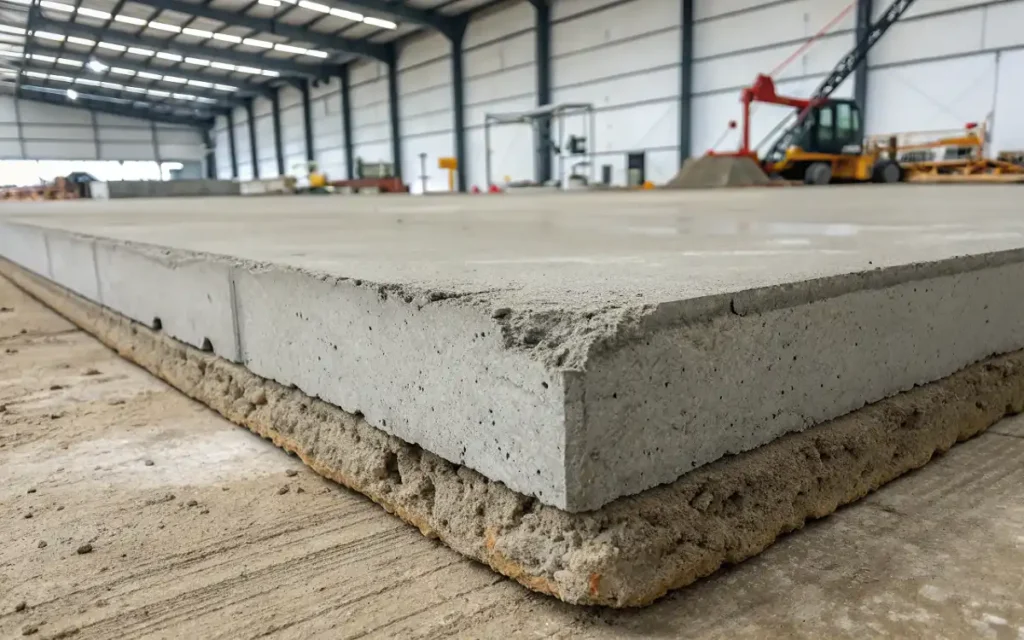Concrete repair is becoming a large part of new construction as worn structures, built years ago, are now weathering the elements, getting worn down with use, and becoming old.
The use of precast systems enables a quick and effective way of addressing these problems using off-site constructed, factory panels, and slabs which arrive ready to be placed. This decreases downtime and increases strength and durability, revolutionizing the way we repair our built and civil structures.
Concrete Repair’s Growing Importance
Weathered concrete walls and concrete pavements are often cracked or are spalling. Patching is often a primary repair option, but is time consuming, usually taking weeks. And, it often fails.
The new technology of precast concrete walls and slabs are able to provide time saving, quicker solutions as the available pieces can be installed and matched in strength as the original.
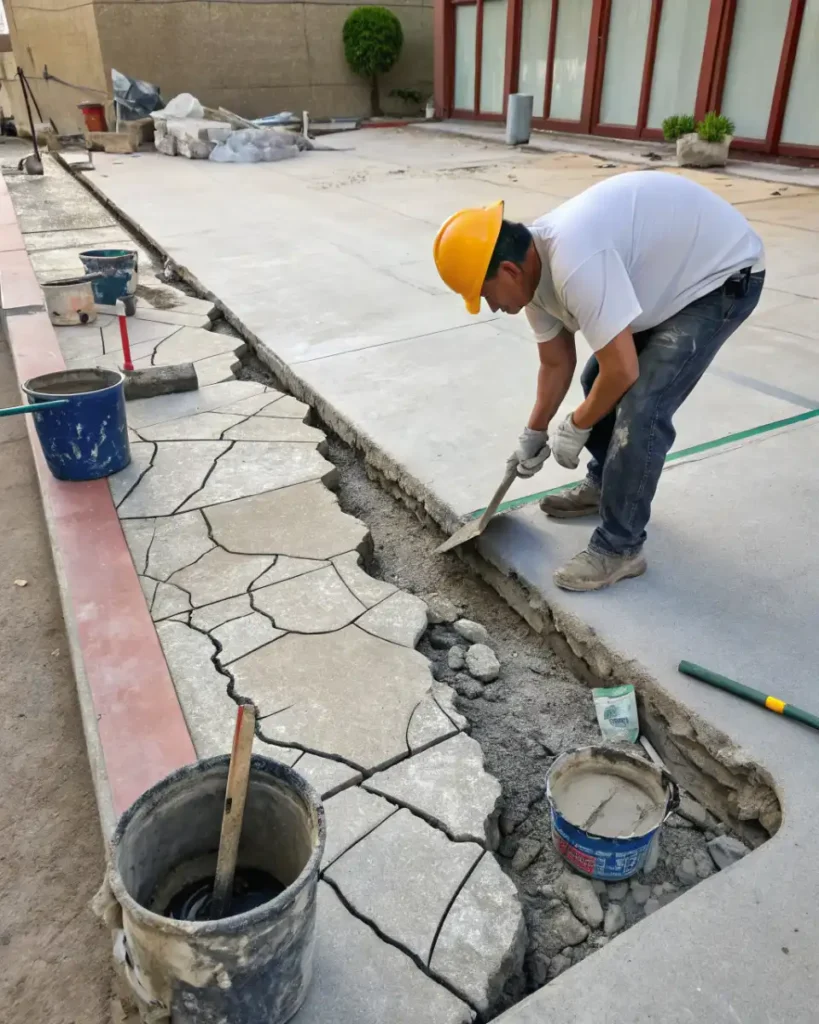
Precast concrete slabs and panels are produced in a controlled environment at a concrete plant. This guarantees the products will be of high quality, with no weather variables or site-placed concrete to low the quality, as with site cast pours.
Cities in 2025 will be needing large quantities of these in demand as they will be in a rush to repair many of their aging infrastructure elements, such as old bridges and buildings.
Precast System’s Major Improvement in Concrete Repair
Precast concrete systems provide efficient, dependable, and quick solutions for repair and restoration of structures to meet new construction system standards.
Factory production doesn’t rely and is unaffected by weather, as would subgrade construction, hence repair is done in days, versus months. Tested purpose driven negative impact mixes in slabs, available at low corrosion, enabled precast concrete systems to surpass old restoration and repair methods in speed and reliability.
- Cost effective durable slabs ultimately prove time and again to provide lower overall project costs.
- Both front costs are similar, and having less labor and no site curing cuts costs more. Also, during Precast working production, other site tasks can be completed, which keeps the project on schedule.
- Mold creating identical pieces so joints don’t become weak is also useful becasue the precision is needed in high-stress areas such as where paaving and walls are concerned.
Innovations in Precast Tech Update 2025
- In 2025, precast concrete that is smart becomes the backbone of new repair work. Defeat and moisture embedded systems currently track in real time while predicting stress and greater failures. This is now ideal in concrete repair as it allows quick repair on surfaces that have been restored.
- Sustainable mixes minus virgin aggregates and low carbon cement are now in more use. As of June 2025, American companies have introduced these to comply with emissions green laws. Also high performance is the new insulated panel that seals repaired walls against heat loss.
- More automation in precast replica production plants is achieved with use of dodgers and digital twinning. Perfect panels which can simulatem to repair the event virtually. Precast academy 2025 is a prime example to encourage global use.
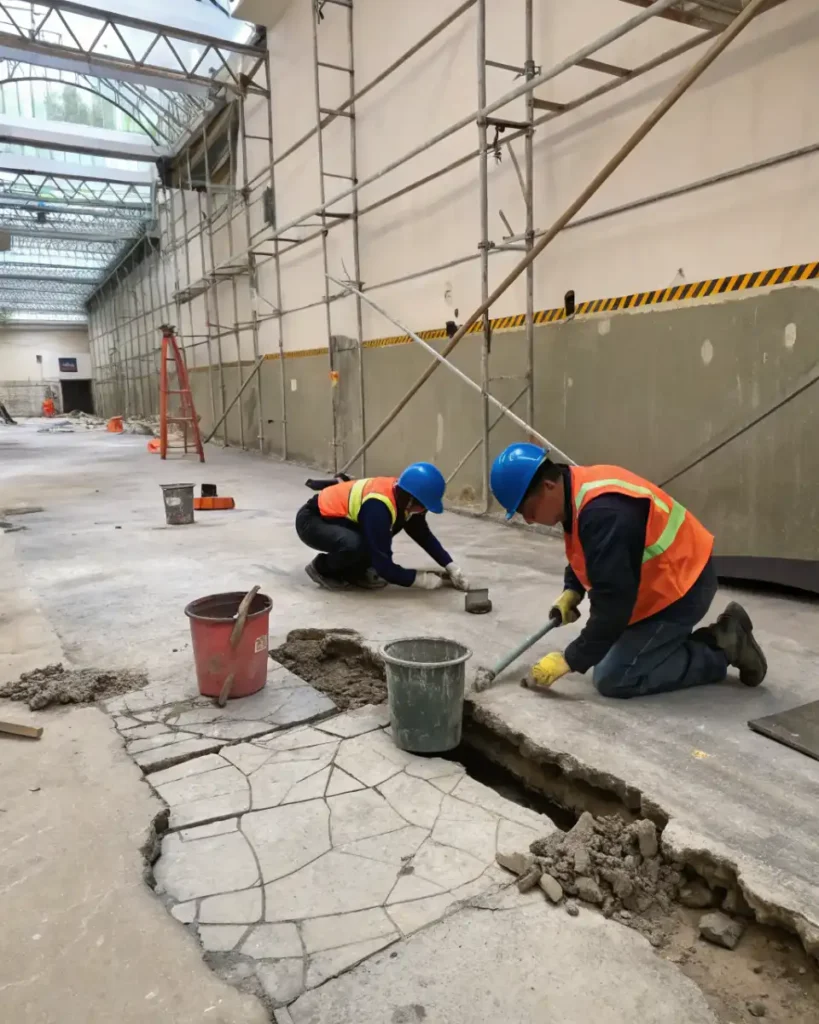
How does Precast work on Concrete repair projects?
The process starts with assessing the damage of the existing structure. Engineers decide on custom precast slabs or panels to be designed and built to fill the missing sections or to repair the weak portions, assigned to them.
- At the concrete plant, high-strength mixes cure under control, often with rebar for ties to old concrete.
- On-site, crews cut out damaged section during the night, then put precast parts in position. They grout or epoxy the bond them. Studies show pavement repairs in under one night with a 120 square yard area.
- For walls, precast panels bolt or anchor, quickly restoring the appearance and function. American concrete standards guarantee premium construction for walls that will experience tough conditions.
A Comparison of Repair Methods
| Method | Time to Complete | Durability | Cost Efficiency | Sustainability |
| Traditional Patching | Weeks | Medium | Low | Low |
| Cast-in-Place | Days to Weeks | High | Medium | Medium |
| Precast Solutions | Hours to Days | Very High | High | High |
Precast is the clear winner in speed and eco-friendliness for concrete repair tasks, as shown in this table.
Real World Case Studies and Success Stories
In March 2025, U.S. transportation agencies deployed precast girders in bridges, considerably reducing the time needed for repairs. These components are instantly attached to existing decks, enabling them to bear significant loads.
In pavements, new precast slabs are rapidly attached to reinforced concrete roads to achieve continuity in steel and avoid shrinkage-related cracks.
Urban projects restore precast concrete walls with modular panels, seamlessly integrating the old with the new. These efforts demonstrate the method’s scalability from minor repairs to large infrastructures.
Sustainability and Future Trends
Precast in repair construction is the most effective way of reducing waste since it reuses factory molds and scraps.
The low-carbon mixes from 2025 also helps the industry to achieve its goals of reducing their footprint and align with green efforts worldwide.
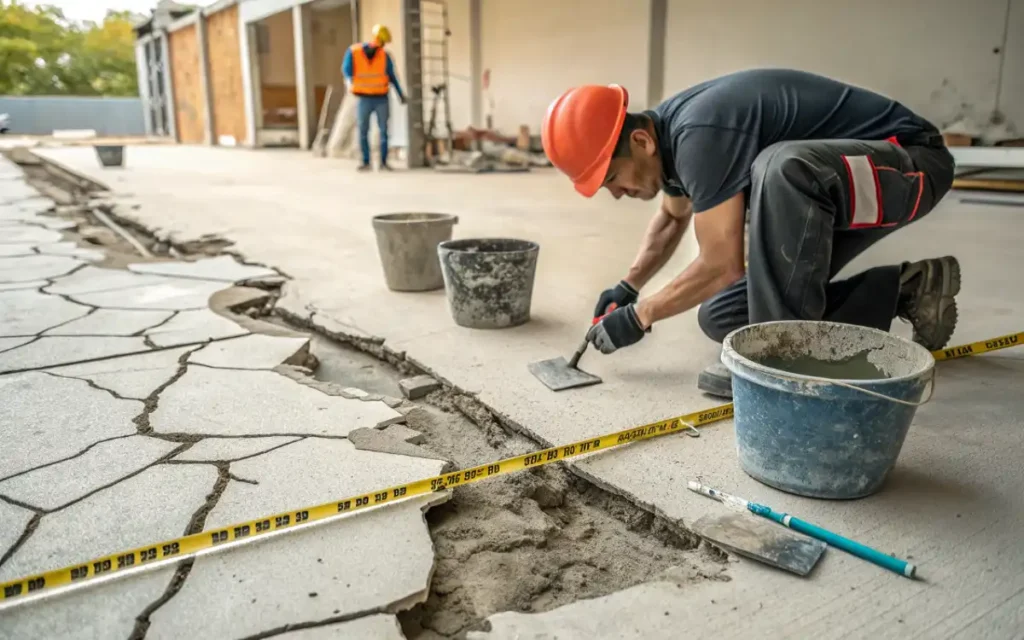
- 2025 will also see the introduction of 3D precast for complex, custom shapes and AI for spotting defects during construction.
- Concrete repair will become greener with modular system dominant in housing and commercial restorations.
- With integrated solar panels on upgraded repair systems, these more repair systems become energizing. This panoramic approach to restorations keeps precast the primary contender for durable, eco-smart repair.
Overcoming Challenges in Adoption
Some have freight challenges in the beginning. Most of these concerns are alleviated with bulk projects. New training programs to fill the installation skills gap while rapid expansion in the U.S. is helping.
New design software provides better site plans to improve the matching of precast to uneven spaces. Regulations prefer precast solutions for the history of success in high seismic zones.
Conclusion
Concrete repair is redefined with precast technologies. The speed and strength is unmatched in the industry. With integrated smart sensors and modular panels scheduled for release in 2025, precast technologies will be the leaders in repair for the next 50 years.
Builders that choose precast will be protecting the structures for decades and will be at the forefront of modern methods of construction.
For Repair and Services
1924 W Edward Ln, Milwaukee, WI 53209, United States
Phone: +14142855933
Email: [email protected]

